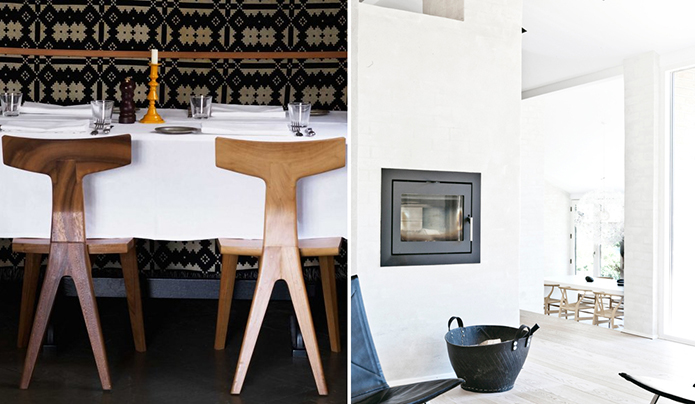
(Left) The Olde Bell restaurant. Image via De La Espada; (right) Fredensborg House by Norm Architects.
British Interior Design
Given a blank sheet of paper and asked to describe British interior design presents a somewhat awkward dilemma. Where exactly do you start? There is, in this writer’s opinion, no coherent unification when it comes to the state of British interior design. And perhaps that is the starting point. From traditional English country homes to kitsch abodes to contemporary dwellings (such as Lee Broom’s below), there is a marked unconventionality associated with British interior design.
For the average member of the British public, interior design or styling are unlikely to mean very much. Design isn’t part of the national DNA or psyche in the way it is in Nordic countries. Shopping for home design on many of Britain’s tiresome high streets is often an insipid, tedious venture. The loss of Habitat was a devastating blow to Britain’s more design savvy consumers, where interior design with at least a modicum of taste was both available and affordable. Habitat as a concession in the DIY store Homebase doesn’t have quite the same appeal.
British interior design does suffer at the hands of a widespread British mindset. Without wanting to tarnish every British individual with the same brush, it is a plausible assertion that many Brits tend not to cherish or prize their belongings. They are happy to buy cheap goods, throwing them away after relatively short periods of time. As a nation, there is little investment in good design. This situation isn’t helped by the inadequate high street. Whilst some towns and cities are lucky enough to have at least one good design shop, many do not. There is also a knowledge problem – the public needs to be educated about the virtues of good interior design and the advantages of investing in quality and original British design.
As a discipline, interior design in Britain spans professional studios, celebrity makeovers and DIY escapades. Consequently the British interior design industry is both laughable and laudable. There are likely different schools of thought on whether the field of interior design should be logical and clearly articulated. In Britain interior design equates to an eclectic mixed bag of styles and is thus many things to many people.
Some examples include:
Shabby chic
There are parts of Britishness that favour a parody of bygone times; those faded glory days when the British Empire was sacrosanct. This nostalgia is often seen in a fusion of luxury and glamour, having a shabby chic air of romance. Rough Luxe Hotel in London is one example of this style of interior design.
Boutique
Some British interiors can adopt a highly coloured, overdone kind of tweeness. Here bold colours, pelmets, striped wallpaper, patterns and faux luxury furnishings mesh in a style that may be referred to as boutique. Haymarket Hotel’s London Townhouse provides an illustrative example.
Understated luxury
Many modern day British interiors are beginning to recognise and understand the need for simplicity, comfort, the use of honest products and a quieter aesthetic. Interiors at The Olde Bell in Berkshire were designed by renowned British Designer Ilse Crawford, with her signature focus on emotion and feelings over unnecessary styling.
Grandiose
British interior design can sometimes have a tendency to be extravagant and overly imposing. Unlike the grandness of stately homes or palaces, a grandiose aesthetic is majestic, flamboyant and more than a little eccentric. The London restaurant, Les Trois Garçons, gives an excellent example of this.
Modern
British interior design is all of the aforementioned styles and many more, including modern. Here interiors have a focus on clean lines, the use of wood, glass and polished concrete, curated design objects, a minimalist appearance and a muted colour palette. The Sunken House in North London is a prime example of modern styling.
Nordic Interior Design
Providing an accepted wholesale description of Nordic interior design (compared with doing the same for British) is a much more feasible undertaking. Nordic interior design appears effortless, with a clear expression of form. Yet on closer inspection, the attention to detail, precision and craftsmanship is sublime. Nordic styling is clean; it is without ostentation and makes use of natural materials. The aesthetic is an enduring one where Nordic interior design eschews the very notion of throwaway.
As outlined in the article “Swedish Design: More than IKEA,” design across the Nordic countries has certain similar traits. Design draws on the influences of nature, where long winters and fewer hours of sunlight inspire typically white and bright interiors with clean lines. The Nordic countries are collectively famed for a combination of tradition, skilled craftsmanship and evolved technological processes in design.
Nordic design is more practical, the hackneyed phrase of “form follows function” ringing true. This creates a base or foundation on which style can be built. In Nordic design, the need for aesthetic is a given. Added to that, interiors are usually unobtrusive, authentic and lasting. Quality, durability and sustainability are all factors considered necessary to Nordic design. Most prominent is light – “light is probably the single most important factor in the Nordic home” (from Northern Delights).
In terms of interiors, differences across the Nordic countries are usually shaped by the availability of natural resources. Emma Fexeus in her preface to Northern Delights, writes that the Nordic countries have their distinct styles; perhaps best described using a native word from each.
Bunad in Norway is the traditional national costume whose patterns and colours inspire young designers. Added to this, Norway’s breathtaking fjords, lush forests and soaring mountains engender design that is often shaped on nature.
Pelkistetty in Finland refers to that which is reduced or simplified. The Finnish aesthetic is typically a clean and modern one.
Stuga are small red painted wooden houses in Sweden that are representative of the countryside. Designers and architects continue to be influenced by their simplicity and practicality.
Hygge in Denmark is about sharing comfort and warmth with friends and family. Spaces are often relaxed, calm and gratifying, with a keen eye on both detail and simplicity.
Archetypal Nordic interior design mixes modern accents, perhaps a polished concrete floor or lighting, with a white background, textured natural fabrics and midcentury Nordic design pieces by luminaries such as Hans J. Wegner, Arne Jacobsen, Alvar Alto et cetera. Stone, leather and wood are materials that will also make an appearance. Despite this, Nordic interior design can also be placed on a spectrum, flowing from traditional to modern (though arguably to a lesser extent than British interior design).
In summation, British interior design offers us an eclectic mixed bag and the industry is, in this writer’s opinion, much less prolific than that of British design and architecture. British interior design has been damaged by a fated celebrity design makeover culture and a public that is overly obsessed with consumerism. Nordic interior design offers us sustainability, finesse and quality. Spaces are practical, useful, adaptable and aesthetic. They are built on a strong homegrown design heritage that has had a positive domestic and international reach… including a noticeable impact on how the British perceive and use design.
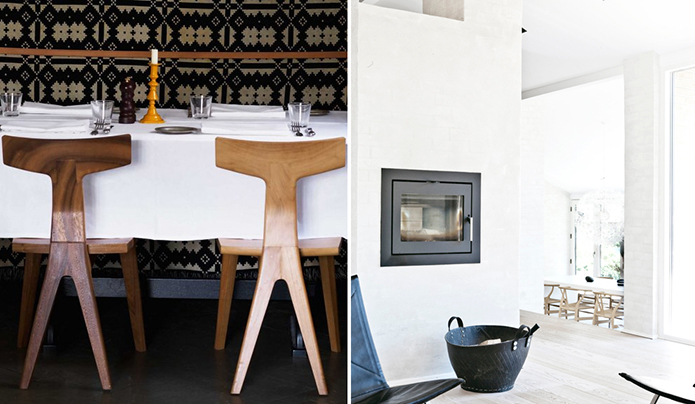
(Left) The Olde Bell restaurant. Image via De La Espada; (right) Fredensborg House by Norm Architects.
Bibliography
British Interior Design by Michelle Galindo.
Northern Delights.
Gerard McGuickin is a freelance design writer and a blogger for his online zine, Walnut Grey Design. He writes intelligently about ‘good design’ from the viewpoint of interiors, architecture, objects and lifestyle. Gerard has a specialist interest in modern contemporary Nordic and British design.

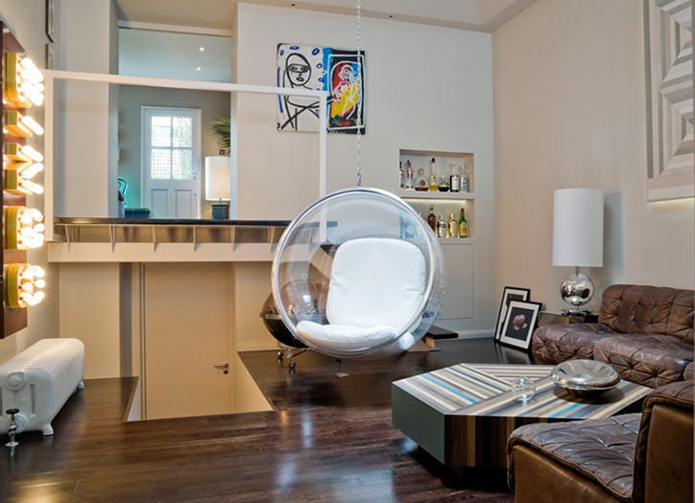
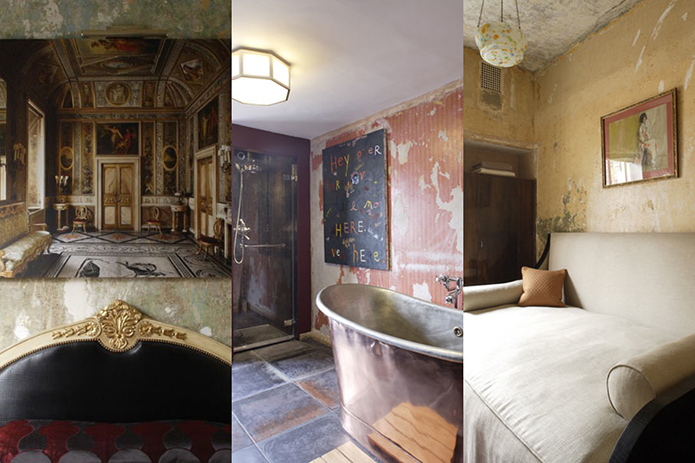
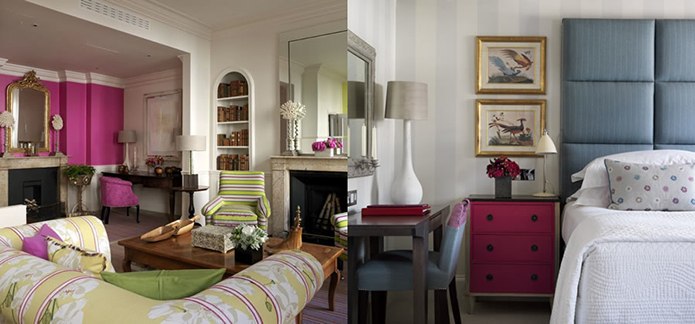
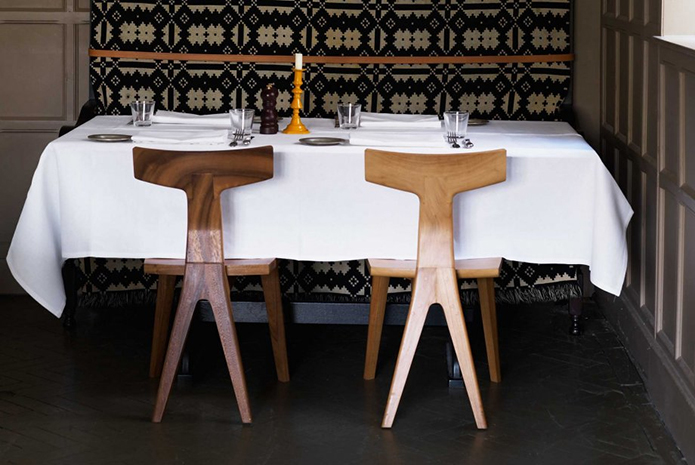
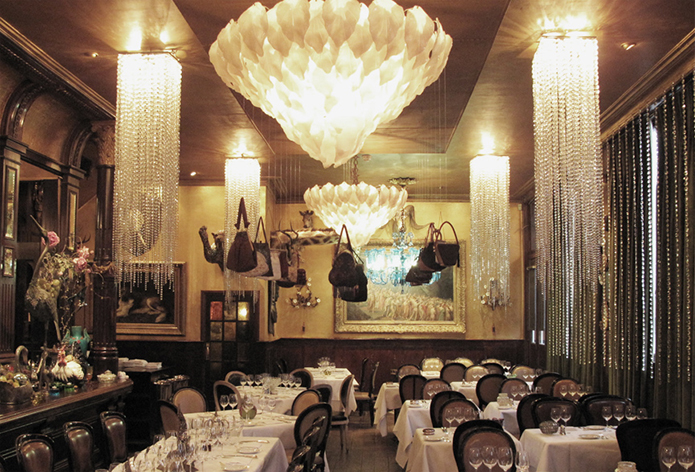
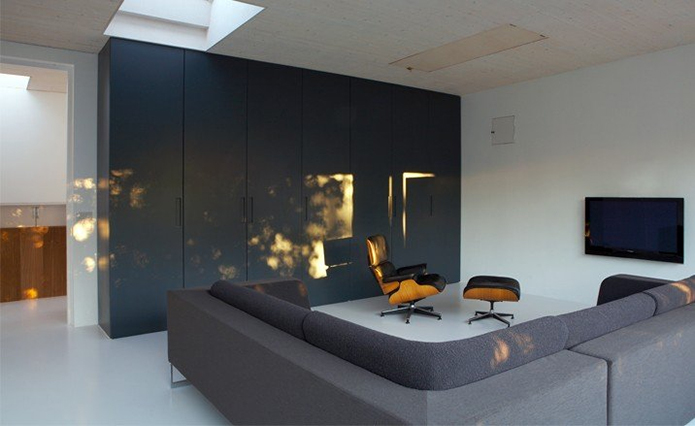
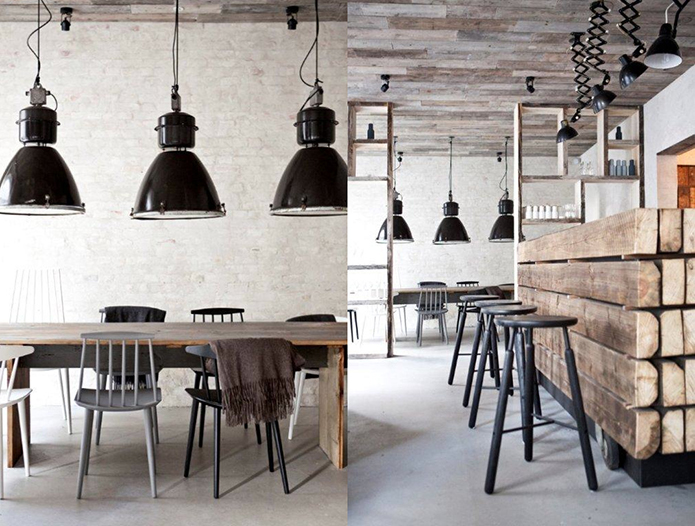
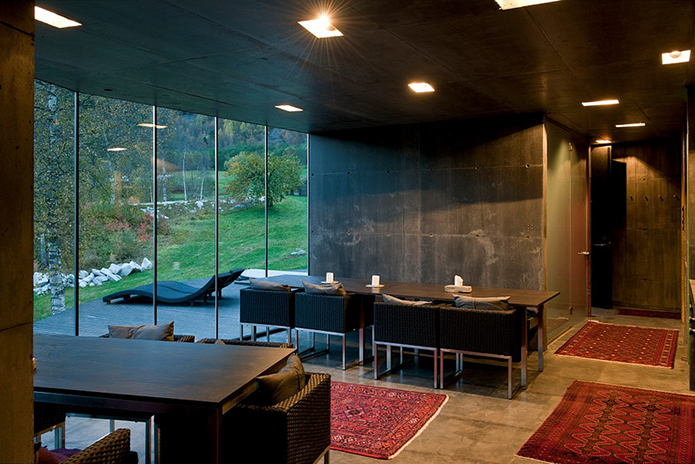
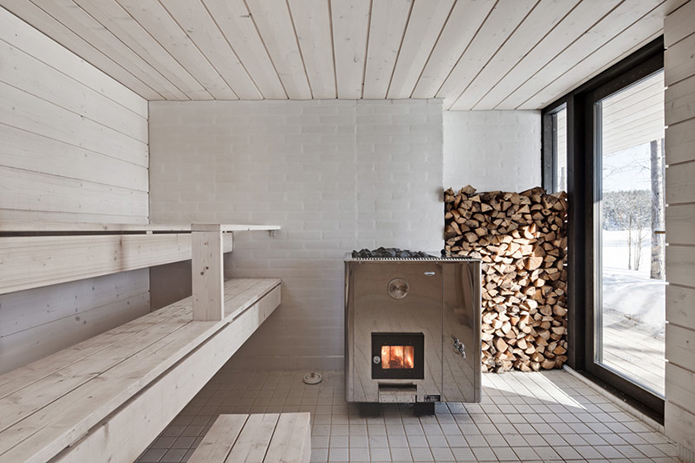
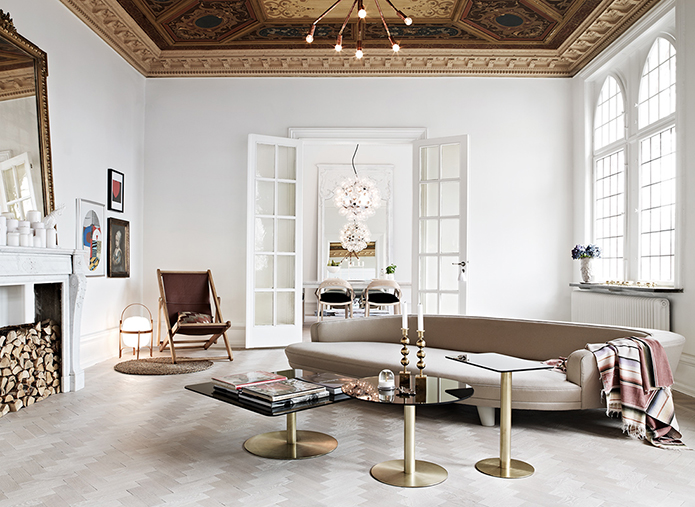
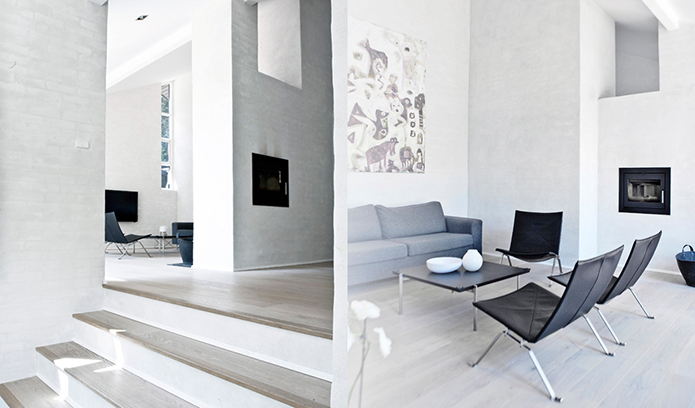









Saturday, December 14th 2019 at 11:26 am
[…] Download Image More @ http://www.merchantandmakers.com […]